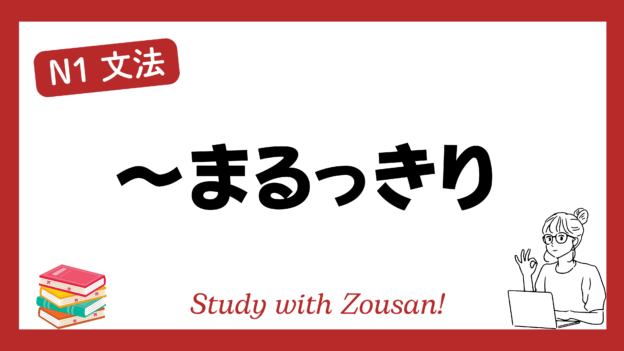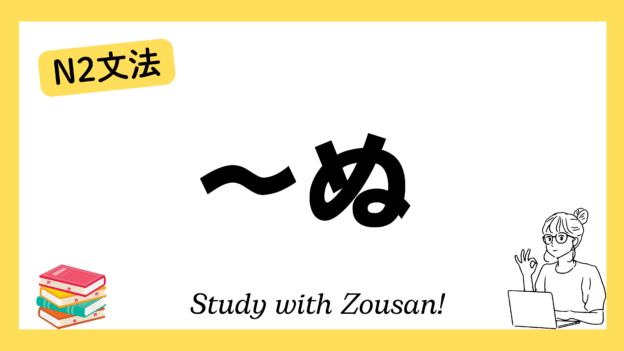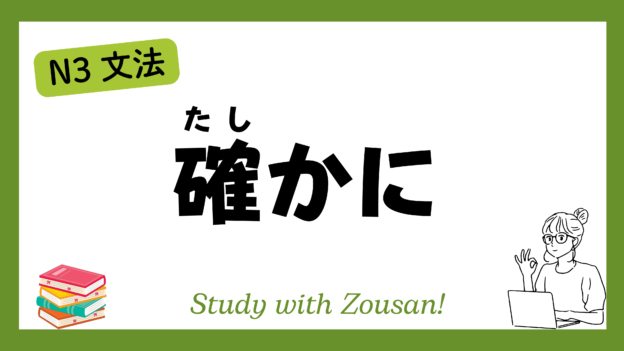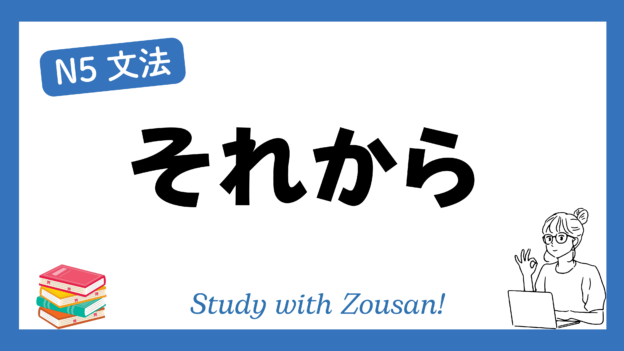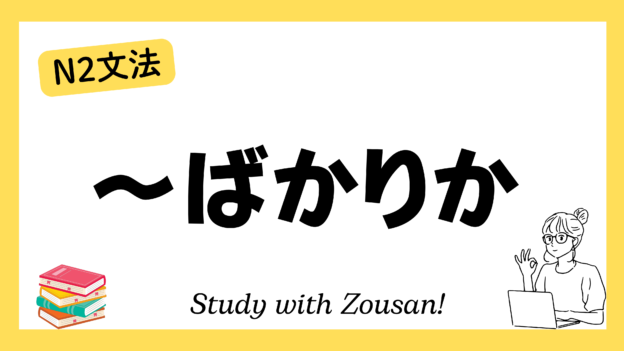N1文法:~まるっきり
Meaning: “Completely…”, “Totally…”
This structure is used to emphasize that something is entirely or completely a certain way, often in a negative or surprising sense. It indicates that there is absolutely no deviation from the described condition or state.
※Note: “~まるっきり” is typically used in spoken language and often conveys a negative connotation, such as “not at all” or “completely wrong.”
Structure:
| まるっきり + | Verb |
| Noun |
Example:
-
-
-
🌟 彼の話はまるっきり信じられない。
(かれ の はなし は まるっきり しんじられない。)
I can’t believe his story at all. -
🌟 この映画はまるっきり面白くなかった。
(この えいが は まるっきり おもしろくなかった。)
This movie wasn’t interesting at all. -
🌟 彼のことをまるっきり知らない。
(かれ の こと を まるっきり しらない。)
I don’t know him at all. -
🌟 彼女の言うことはまるっきり嘘だ。
(かのじょ の いう こと は まるっきり うそ だ。)
What she says is a complete lie. -
🌟 まるっきり何も覚えていない。
(まるっきり なにも おぼえていない。)
I don’t remember anything at all. -
🌟 その話はまるっきり本当だとは思えない。
(その はなし は まるっきり ほんとう だ とは おもえない。)
I can’t believe that story is true at all. -
🌟 この本はまるっきり意味がわからない。
(この ほん は まるっきり いみ が わからない。)
I don’t understand the meaning of this book at all. -
🌟 彼の説明はまるっきり役に立たなかった。
(かれ の せつめい は まるっきり やく に たたなかった。)
His explanation was completely useless. -
🌟 まるっきり違う考え方をしている。
(まるっきり ちがう かんがえかた を している。)
They have a completely different way of thinking. -
🌟 その件についてはまるっきり関係ない。
(その けん について は まるっきり かんけい ない。)
I have nothing to do with that matter at all.
-
-



